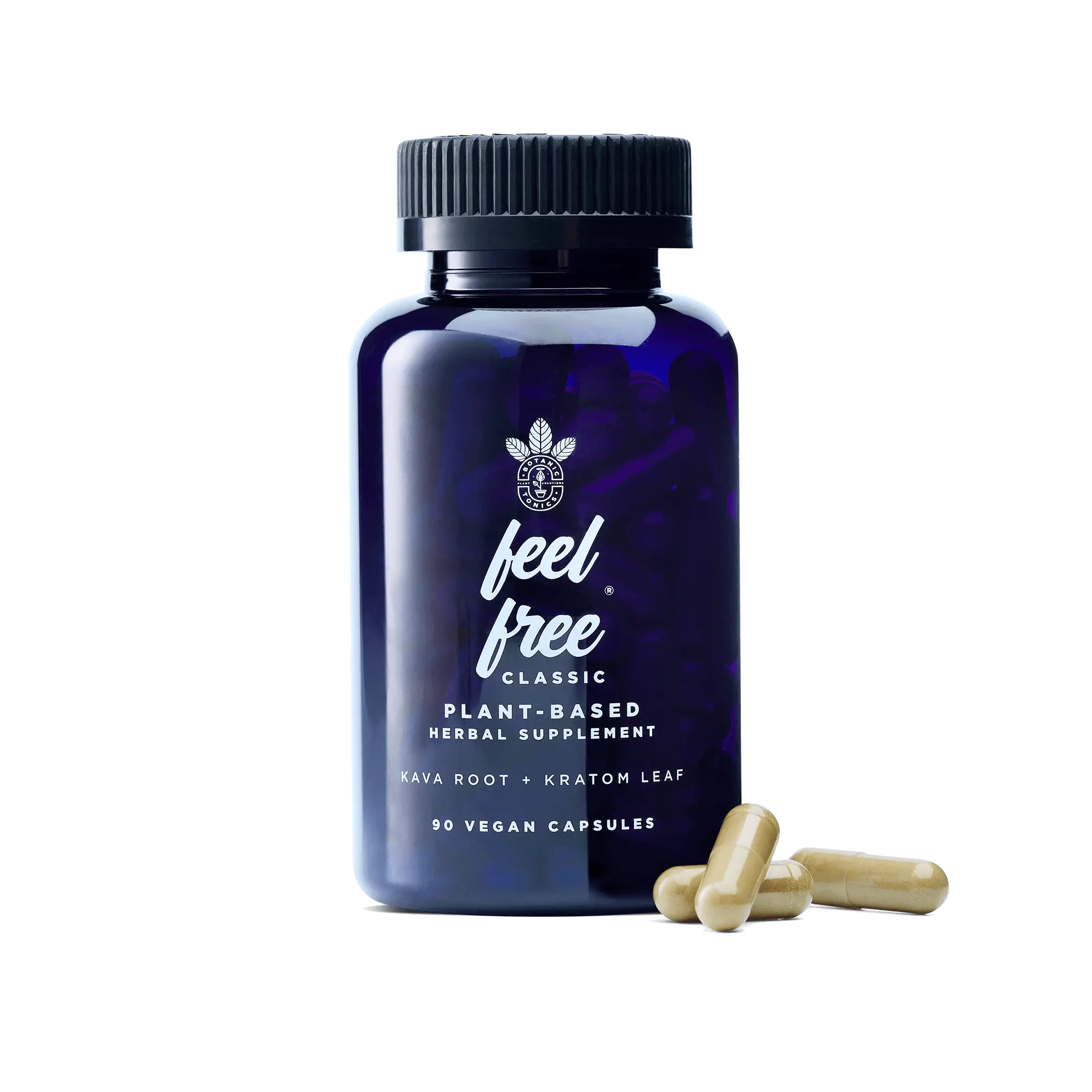What is a Kava Bowl: Explained
Steeped in history and Pacific Island culture, the kava bowl, or tanoa, is a broad, deep dish used for serving kava to a large group of people. Typically made of wood, these bowls have been shared among groups for centuries, whether at informal get-togethers between friends or as parts of different ceremonies.[1]
This is yet another fascinating example of how kava have brought people together over the years. Think of how coffee houses in Turkey have long functioned as sites for men to socialize, or how women in turn-of-the-century England met in tea shops to discuss politics.[2,3] This is culture operating at a global scale.
Whether you’re interested in world history or are looking for information on how to consume a kava tonic with friends in a culturally sensitive way, we’re going through the basics below. Read on for a description of kava bowls, including where they arose, how they’re used, and their place in our vast and awe-inspiring world.
What is Kava and Why Do People Consume it?

You may be wondering, what is kava, and is kava healthy? Made from the crushed root of the Piper methysticum root, kava has been used in the South Pacific in religious and cultural ceremonies. More recently, it’s gained popularity around the world as a calming agent.[4]
Many American kava lovers prefer to whip up a homemade batch. But these days, more and more people are venturing out to trendy kava bars where they can enjoy the drink in a buzzy social setting. What is a kava bar? Learn more by visiting our blog.
These businesses often play on the traditional kava by adding sweeteners, combining the recipe with flavors like chocolate and catering to patrons looking for a natural way to counteractant bouts of occasional stress.[5]
Kava has traditionally been enjoyed in groups that gather around the kava bowl to tell stories, participate in rituals, and socialize. Because kava bowls are popular in many different parts of the South Pacific, they differ in style.
The Different Types of Kava Bowls
When learning how to make kava, the first step to take is finding the right bowl. Kava bowls vary in style and ornateness; some are decorated with hand-carved imagery, while others are about function over form. They do have the following characteristics in common:
- They’re constructed from wood
- They have legs for stability
- A broad bowl for holding the kava
Here are some of the different styles:
Fijian Kava Bowls
In Fijian society, the use of kava was long restricted to priests and chiefs, so many of these bowls are shallower and smaller in size. They sometimes sit on carved stands of two to four legs.[6]
Samoan Kava Bowls
Kava bowls originating from Samoa are made of a variety of hardwoods including Fetau, which comes from a sacred tree and is also used in Tonga. These bowls are oval or circular in shape and are often characterized by a rim or lip around the edge.
Tongan Kava Bowls
Kava bowls from Tonga often have more legs, sometimes up to two dozen. Because the practice of kava was imported from Samoa, kava was enjoyed by people from all walks of life in Tonga, and not just by priests.
How Kava Bowls Are Used
Today, there are still villages in Fiji that welcome visitors from all over the world in the old way: through the tasting and sharing of kava. These ceremonies are sometimes paired with cultural activities like traditional dance ceremonies and craft demonstrations.[7]
Kava Bowls in Traditional Use
The traditional usage will inevitably differ based on the region and culture. As such, here’s an example of how kava bowls are used in Fiji:[8]
- Before the kava root is added to the bowl, it is pounded into a powder and mixed with water.
- Once the kava is in the tanoa, the ceremony has begun. In the villages of Fiji, this ritual is often led by a chief.
- Using a coconut shell, participants take turns dipping kava in “low tide” (a half portion) or “high tide” (a full portion). These can first be offered to the chief, before being consumed by individuals.
- Once everyone has been served, it’s time for the honest conversations and deep socializing that this tonic can stimulate. Participants sometimes sip, repeat, and relax for hours at a time.
Enjoy the Benefits of Kava with feel free

If you have time for a trip to the Pacific Islands, you might be lucky enough to witness, or even partake in, a ceremony that includes a real kava bowl. But those who don’t want to take a flight can still experience the tonics stimulating qualities and socializing properties at home.
Shop our feel free CLASSIC tonic and feel free kava capsules, both made with kava and other natural plants to help facilitate relaxation, help you have more focus, and tap into your creativity. While not quite the same as gathering round a kava bowl, you’ll still be making use of the same incredible properties of kava that have been enjoyed for centuries.
Sources:
- 1, Insider. We tried kava — the national drink of Fiji that gets people high. https://www.businessinsider.com/kava-tea-drink-root-fiji-make-you-feel-high-effects-2017-9
- 2, The New York Times. Turkey’s Coffeehouses, a Hub of Male Social Life, May Not Survive Virus. https://www.nytimes.com/2020/12/15/world/europe/turkey-coffeehouse-coronavirus-games.html
- 3, Historic England. Taking Tea and Talking Politics: The Role of Tearooms. https://historicengland.org.uk/research/inclusive-heritage/womens-history/suffrage/taking-tea-and-talking-politics
- 4, Cleveland Clinic. When It Comes to Kava, ‘Natural’ Doesn’t Mean Safe. https://health.clevelandclinic.org/what-is-kava/
- 5, Forbes. What's Behind The Intoxicating Rise Of Kava Bars In The U.S. https://www.forbes.com/sites/christinatroitino/2016/09/15/whats-behind-the-intoxicating-rise-of-kava-bars-in-the-u-s/?sh=10a825cf563c
- 6, Oceanic Art. KAVA BOWLS FROM FIJI, SAMOA AND TONGA.
- 7, National Geographic. Beyond the Beach in Fiji. https://www.nationalgeographic.com/travel/article/beyond-the-beach-in-fiji
- 8, The New York Times. Drinking Kava on ‘Fiji Time’. https://archive.nytimes.com/scientistatwork.blogs.nytimes.com/2011/10/18/drinking-kava-on-fiji-time/
















